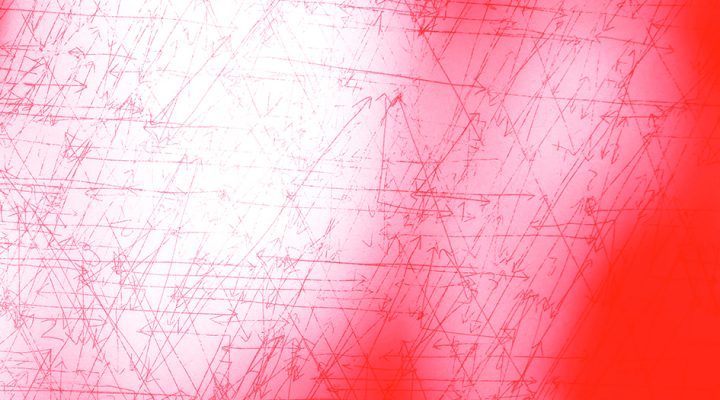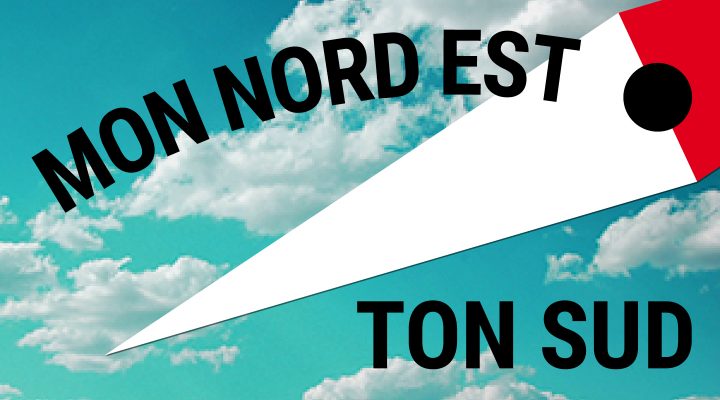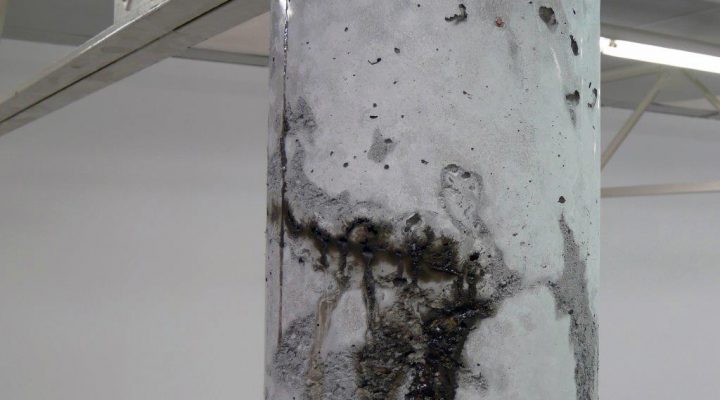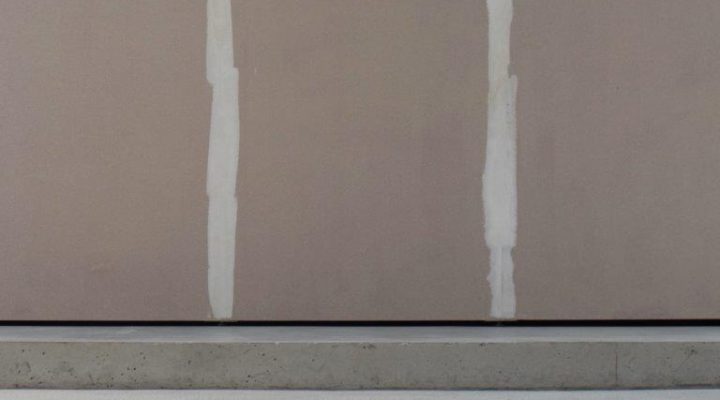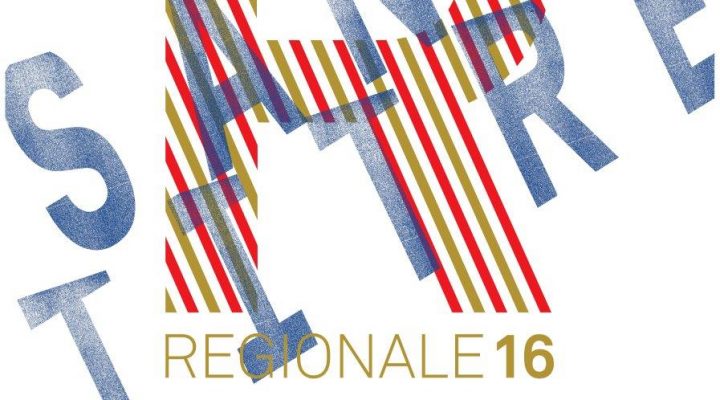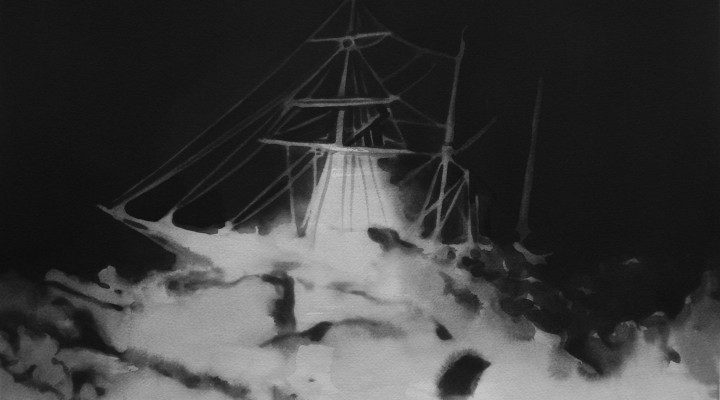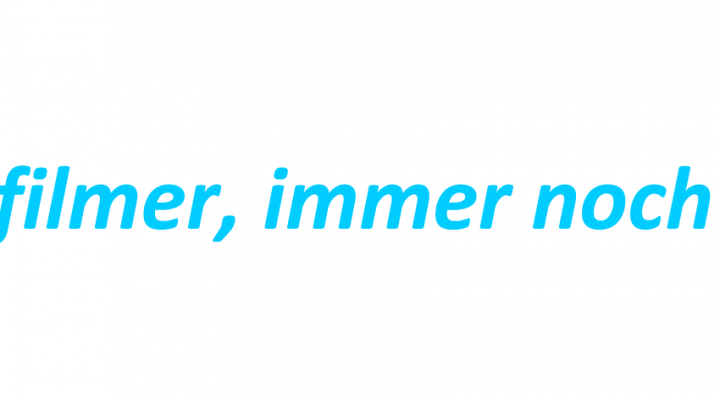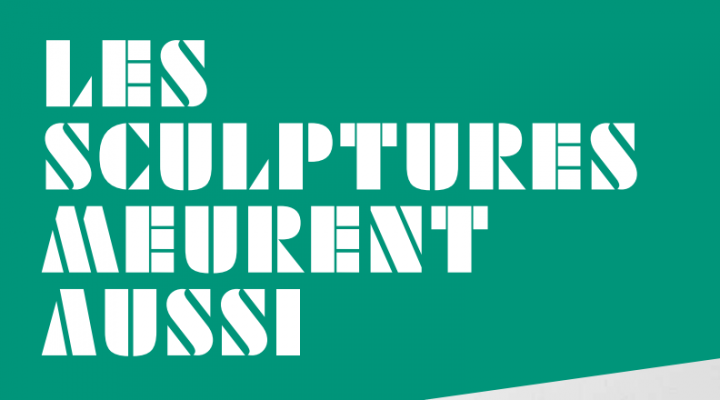[English bellow]
Figure majeure de l’art contemporain au Maroc, Younes Rahmoun présente à La Kunsthalle Mulhouse un ensemble d’œuvres qu’il articule autour de l’idée de migration.
Entrer dans l’œuvre de Younes Rahmoun c’est accepter de regarder en soi et de penser ce que nous sommes. Son engagement se situe dans la pensée, son travail s’inscrit dans une quête de formes humbles et transcendantes. Ses concepts viennent habiter l’espace d’exposition du centre d’art contemporain pour nous questionner sur la notion de déplacement et interpeller nos facultés d’adaptation. Par le langage métaphorique de l’artiste, l’exposition nous interroge : comment une graine peut prendre racine dans un sol qui n’est pas sa terre d’origine ?
Ses œuvres sont faites de figures, de métaphores, de signes. Il créé à partir de gestes, d’objets de préférences modestes, ceux qu’il trouve à portée de main, dans ses espaces de vie et de culture, les gestes qu’il observe ou pratique depuis toujours, les objets qu’il trouve près de chez lui, dans la médina de Tétouan ou dans les montagnes du Riff. Prélevés et extraits du quotidien, ils deviennent son alphabet à partir du moment où il les isole, les transcende et les investit de sa conception du monde.
Darra – L’atome
L’atome est la plus petite partie d’un corps qui ne se décèle pas à l’œil nu mais que l’on considère dans l’organisation de la matière. Représenté par un cercle, il incarne une forme de perfection et d’absolu. Il s’installe à l’extrémité inférieure des valeurs et représente une limite en-deçà de laquelle on pressent une infinité insaisissable.
Zahra – La fleur
Au stade de la fleur, la graine a quitté l’obscurité et l’isolement, en sortant de terre, elle a franchi la ligne de visibilité. Confrontée au monde, elle cherche sa place parmi les autres et apprend à composer dans un jeu aux règles plurielles. Elle reçoit, donne, partage, compose avec la diversité et la multiplicité. La fleur est séduisante, unique mais elle est aussi fragile parce qu’elle ne vit qu’un temps avant de céder sa place au fruit qu’elle devance.
Jabal – La montagne
La montagne représente la force et l’immuable. Elle est à la fois le terreau et l’épicentre d’une vie. Repère visuel et symbolique, elle apporte de la stabilité et renvoie aux origines d’un peuple ou d’un individu. Elle accueille aussi bien les hommes que la végétation, elle les abrite et les fertilise.
Zahra (fleur), film d’animation, 2008
Younes Rahmoun est un artiste marocain, né en 1975 à Tétouan où il vit et travaille toujours actuellement. Il est l’un des artistes nord-africains de sa génération les plus exposés. Formé à l’école d’art de Tétouan par Faouzi Laatiris, Younes Rahmoun fait partie des premiers artistes à recevoir un enseignement formel en art contemporain au Maroc.
Younes Rahmoun s’exprime à travers de multiples supports : installation, sculpture, dessin, vidéo, photographie… Son travail épuré est empreint de spiritualité et invite à la contemplation. Il fait dialoguer des formes symboliques universelles agencées en série, que l’on retrouve, entre autres, dans l’art islamique, avec des technologies contemporaines. Partir de soi, de sa culture, d’un quotidien pour interroger l’universel et créer ainsi un dialogue en constante évolution
semble être la racine de cette œuvre florissante. Parmi ses expositions récentes, on peut citer Little Worlds, Complex Structures, VCUarts – Virginia Commonwealth University School of the Arts in Qatar (2018), De la mer à l’océan, L’appartement 22, Rabat (2016).
Son travail a été montré récemment au Museo Nacional Centro de Arte Reina Sofía (Madrid), au Palais de Tokyo (Paris), au Tripostal (Lille), au Victoria & Albert Museum (Londres), à L’heure rouge, Biennale de Dakar (2018) et à Viva Arte Viva, la 57e Biennale de Venise (2017). Il est représenté par la Galerie Imane Farès à Paris.
*******
Deux expositions partenaires seront consacrées au travail de Younes Rahmoun en parallèle de celle de La Kunsthalle Mulhouse : au Smith College Museum of Art, Northampton, US, Younes Rahmoun : Here, Now et à Kulte, Center for Contemporary Art & Editions, à Rabat, Maroc
[Eng]
Younes Rahmoun, a major figure in the Moroccan contemporary art scene, will be presenting a selection of works centering around the concept of migration at La Kunsthalle Mulhouse.
Experiencing Younes Rahmoun’s work means accepting to look within ourselves and think about what we are. His commitment lies in thought, his work is part of a quest for humble and transcendent forms. His concepts will inhabit the contemporary art center’s exhibition space to question us about the idea of migration and challenge our capacity for adaptation. Throughout the exhibition, the artist’s metaphorical language asks us how a seed can take root in soil far from its native land.
Rahmoun’s pieces are built out of figures, metaphors, and signs. He creates from gestures, with a preference for modest objects that he finds close by in his living space and within his culture, gestures that he has always observed or employed, objects found near his home in the Medina of Tetouan or the Rif Mountains. Sampled and collected from daily life, they become his alphabet from the moment he isolates them, transcends them, and invests them with his conception of the world.
Darra – The Atom
Invisible to the naked eye, the atom is the smallest part of a body considered in the organization of matter. Represented by a circle, it embodies an absolute and perfect form. It exists on the lowest end of the spectrum of values and represents a limit beyond which we sense an unattainable infinity.
Zahra – The Flower
In the flowering stage, the seed breaks through the earth, leaving darkness and isolation behind to enter the realm of the visible. Faced with the world, it seeks out its place among the others and learns to compose in a game with many rules. It receives, gives, shares, and composes with diversity and multiplicity. The flower is seductive and unique but also fragile since it lives only a short while before giving way to the fruit it precedes.
Jabal – The Mountain
The mountain represents strength and immutability. It is both the breeding ground and the epicenter of life. As a visual and symbolic landmark, it provides stability and refers back to the origins of a people or an individual. It hosts both human and plant life, sheltering and nourishing them.
Younes Rahmoun is a Moroccan artist born in Tetouan in 1975, where he still lives today. He is one of the most prominent North African artists of his generation. Educated by Faouzi Laatiris at the Tetouan fine arts school, Rahmoun is among the first artists to receive education in contemporary art in Morocco.
Younes Rahmoun expresses himself through various media: installations, sculpture, drawing, video, and photography. His streamlined pieces are laden with spirituality and invite contemplation. He uses contemporary technology to create dialogues between universally symbolic serial shapes, which can also be found in Islamic artforms, among others.
The root of the artist’s blossoming production grows out of himself, his culture, and daily life to raise questions about what is universal in the creation of a constantly evolving dialogue.
His most recent exhibitions include Little Worlds, Complex Structures, VCUarts – Virginia Commonwealth University School of the Arts in Qatar (2018), and De la mer à l’océan (From Sea to Ocean), L’appartement 22, Rabat (2016). His work has also recently been shown at the Museo Nacional Centro de Arte Reina Sofía (Madrid), the Palais de Tokyo (Paris), the Tripostal (Lille), the Victoria & Albert Museum (London), “L’heure Rouge”, Biennale de Dakar (2018), and Viva Arte Viva, the 57th Venice Biennale. He is represented by the Galerie Iman Farès in Paris.
*******
Alongside La Kunsthalle exhibition, an exhibition entitled “Younes Rahmoun: Here, Now” will take place at the Smith College Museum of Art in Northampton (USA), as well
as an exhibition at the Kulte, Center for Contemporary Art & Editions in Rabat, Morocco.

